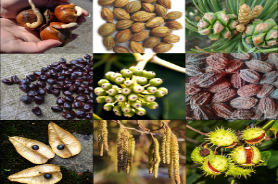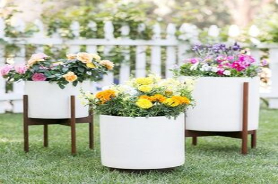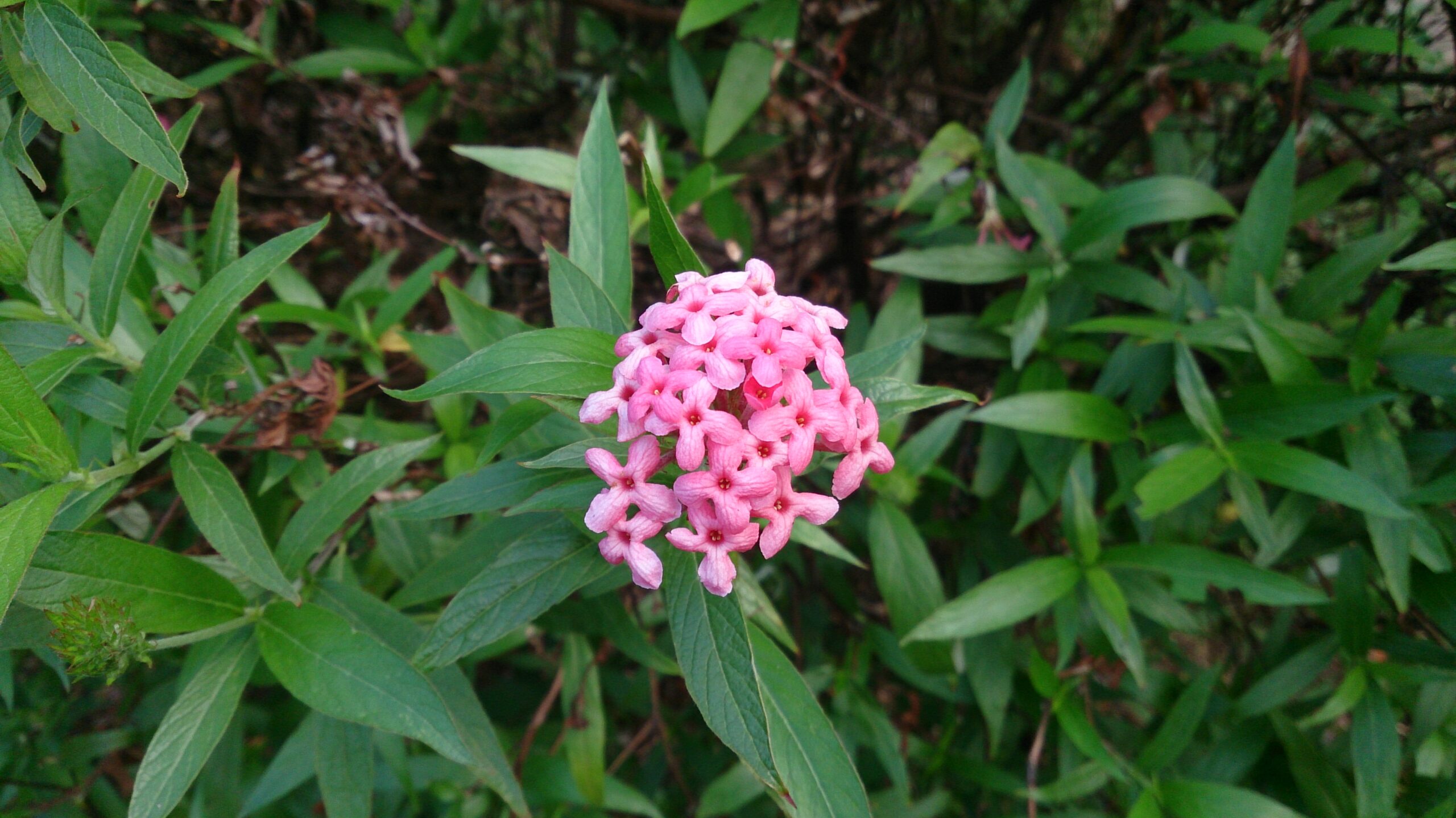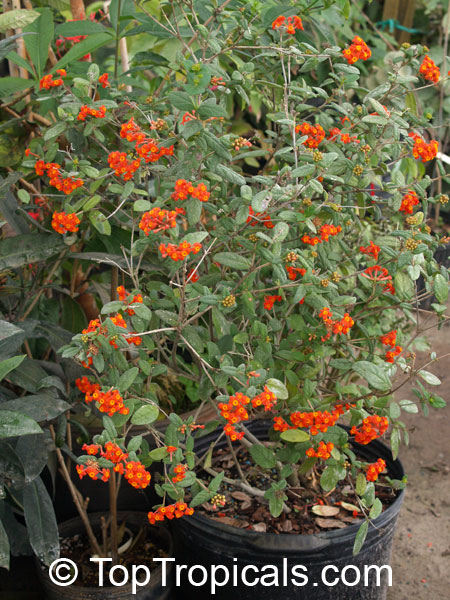Rondeletia is a genus of flowering plants that belongs to the Rubiaceae family. It consists of approximately 200 species of evergreen shrubs and small trees native to tropical regions, primarily in Central and South America. Here is some detailed information about the plant genus Rondeletia:
- Appearance: Rondeletia plants are typically compact, bushy shrubs, although some species may grow into small trees. They have opposite, simple leaves that are glossy and dark green in color. The leaves can vary in shape, ranging from elliptical to lanceolate or ovate.
- Flowers: Rondeletia is known for its vibrant and attractive flowers. The flowers are typically tubular or funnel-shaped, and they often occur in clusters or terminal cymes. The color of the flowers can vary among species but commonly includes shades of pink, red, orange, or yellow. Some species have flowers that change color as they age. The blooms are known to attract butterflies and other pollinators.
- Growth and Size: The growth habit and size of Rondeletia species can vary. Some species are compact and shrubby, growing to a height of 3 to 6 feet (1 to 2 meters), while others can reach heights of up to 15 feet (4.5 meters). The growth rate is generally moderate.
- Climate and Hardiness: Rondeletia plants are tropical and subtropical in nature, thriving in warm climates. They prefer full to partial sun exposure and can be sensitive to frost or cold temperatures. Most species of Rondeletia are best suited for USDA hardiness zones 10 and 11.
- Soil and Watering: These plants prefer well-draining soil that is rich in organic matter. They benefit from regular watering to keep the soil evenly moist but not waterlogged. It’s important to avoid overwatering, as excessive moisture can lead to root rot.
- Pruning: Pruning can be done to maintain the shape and size of Rondeletia plants. It is generally recommended to prune after flowering to remove any dead or diseased branches and promote a more compact growth habit.
- Uses: Rondeletia plants are commonly cultivated as ornamental shrubs or small trees in gardens and landscapes. Their vibrant flowers make them an attractive choice for adding color to borders, hedges, or as standalone focal points. Some species of Rondeletia are also used in traditional medicine for their potential medicinal properties.















Reviews
There are no reviews yet.